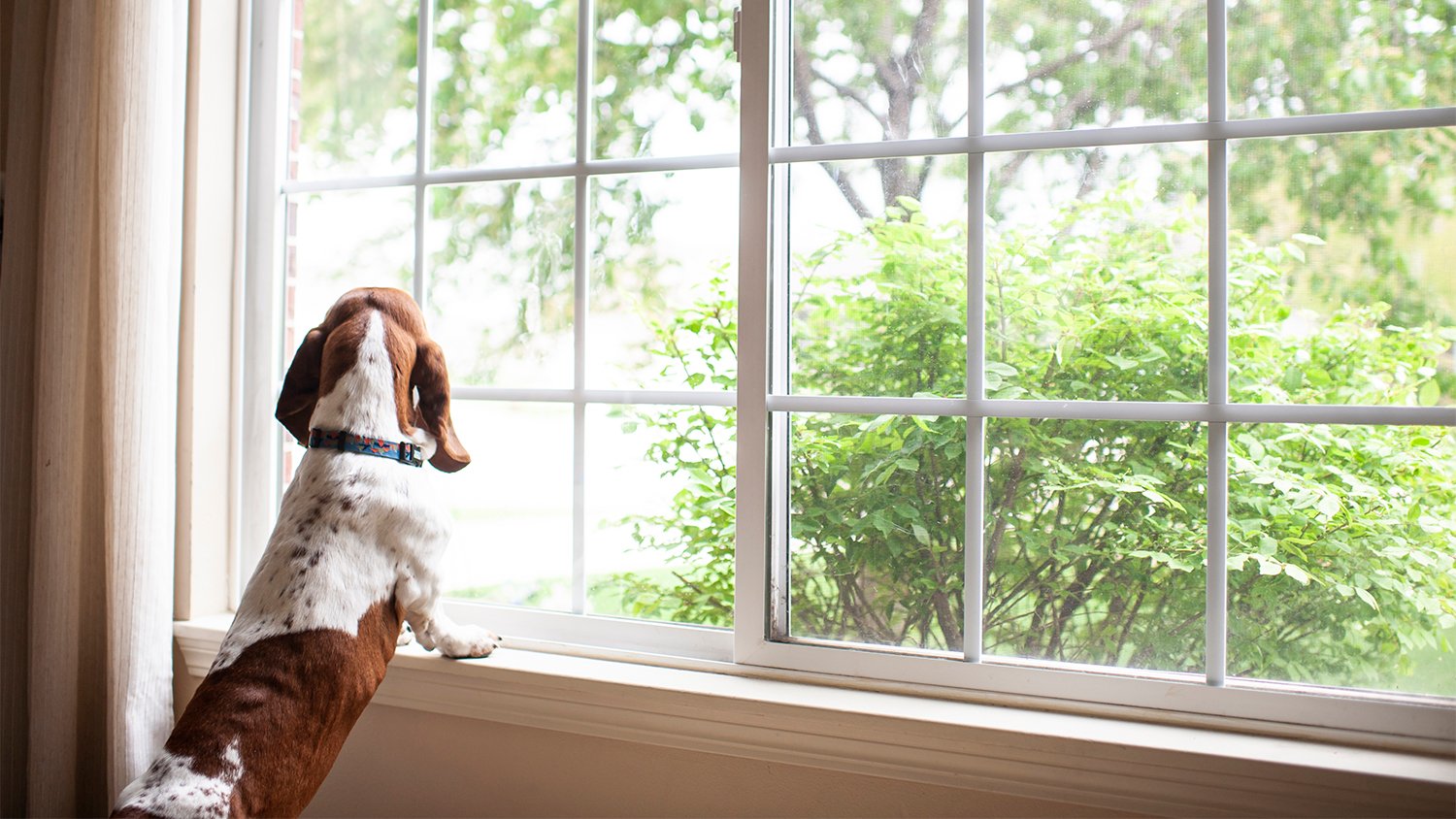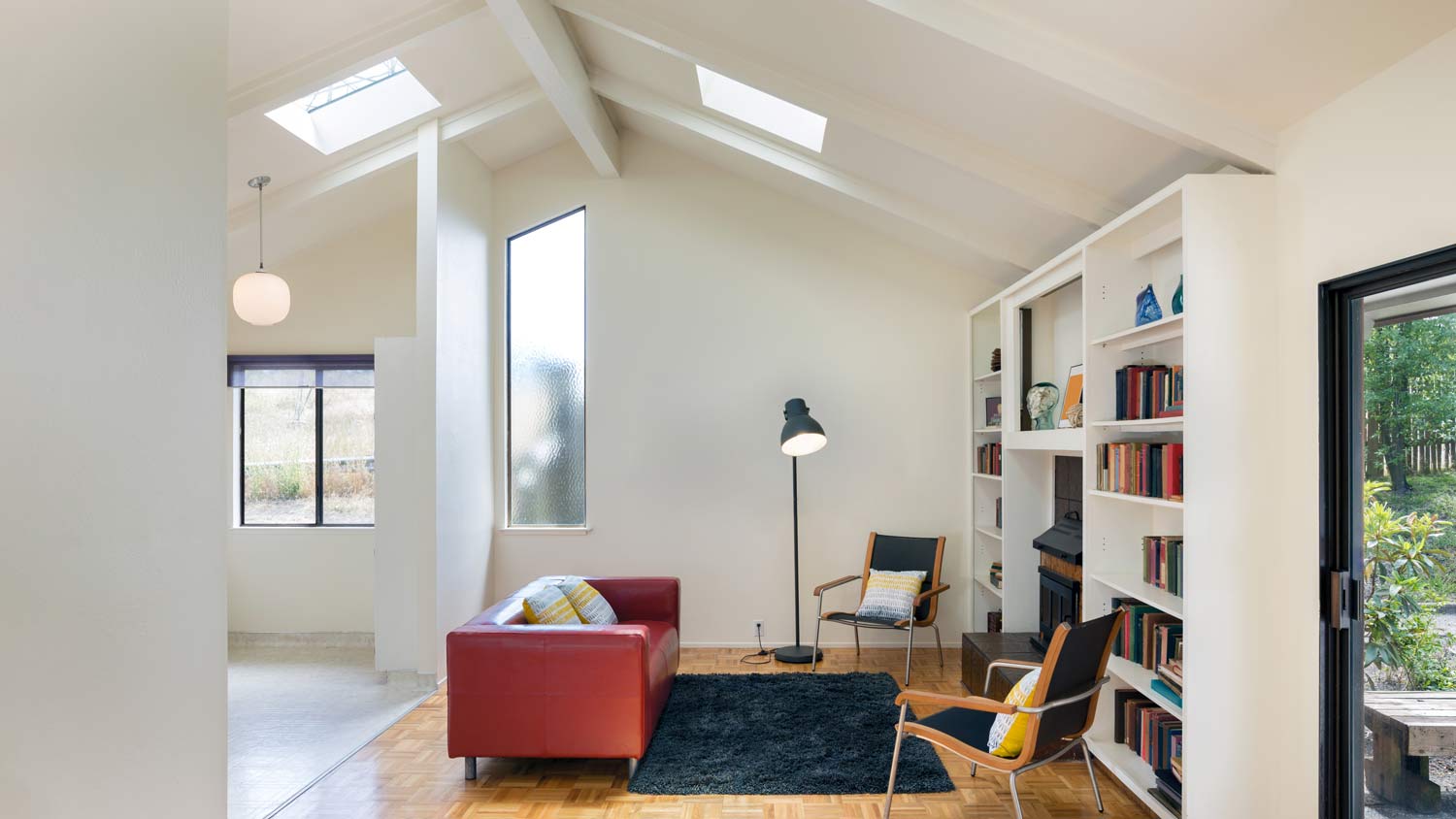
Smart glass makes your home more comfortable and energy-efficient, but at what price? Learn how much smart glass costs and if it’s a good option for you.
Don’t let the unpredictable timeline of window replacement shatter you


It can take four to 15 weeks total to replace a window.
The actual labor time to replace a window can take as little as 30 to 60 minutes.
A skilled contractor can replace 10 to 15 windows per day.
Labor for replacement windows generally costs $40 per hour.
The window replacement timeline is affected by things like accessibility, complexity, and materials.
Windows are an essential component of every home. After all, how else will you know when the Amazon delivery driver is arriving? But sometimes, things go wrong with your windows, and you may need to have new ones installed. So what happens when you need a replacement window? How long does it take to replace a window in your home? Learn what timeline you can expect for this beneficial home improvement project and what things may drag it out (or speed it up).
Installing replacement windows can take anywhere from four to 15 weeks total from start to finish, but if you’ve done all the prep work and only need to replace windows, the installation time frame is much shorter. Let’s break down the different steps that impact how long it takes to install a replacement window.
Actively replacing the windows only takes around 30 to 60 minutes apiece, depending on the type of window, accessibility, and the condition of the window casing. This timeframe can jump to one or two days if you’re replacing numerous large custom windows. Skilled window installers can replace 10 to 15 windows per day.
Despite the ease of the job, the timeline for a window replacement is actually pretty long—four to 15 weeks, to be exact. This is because your window replacement contractor must order the replacement windows and wait for a manufacturer to make or ship them. Custom windows take longer because they’re specially manufactured.
Don’t let the timeline discourage you. Most people find the wait well worth it. Fixing a drafty window and adding insulation (like double-glazing) can reduce your energy costs year-round. In this case, your savings will last a lot longer than your wait.

The answer to “How long does it take to replace a window?” isn’t always cut and dry. Though the basic replacement can take under an hour, other factors influence the overall timeline.
Sometimes, you only need to replace a single pane of broken glass. Other times, you’ll need to install a whole home’s worth of double-glazed windows. The more windows you need replaced, the more panes of glass they have, and the bigger the size of your window, the longer it will take your local window installation company to complete the job. This is especially true if your windows are custom and have to be specially ordered and made.
There are two types of window replacements: retrofit installation and full-frame installation. Just how long your window replacement takes will depend on the type. Retrofit installation is faster and less expensive. The window installer will replace your window by fitting it into an existing window opening. They won’t have to remove part of your home’s exterior.
Full-frame installation is more involved. It takes much longer and is usually only used for old windows that are severely deteriorating (though it can also be a great way to improve your home’s energy efficiency). This involves replacing every part of the window, including materials in and around the window—like studs, brock molding, and frame.
It takes more time to install windows that aren’t readily accessible—whether they’re blocked by plants or heavy furniture or are a few stories up. A contractor will have to spend a lot of extra time maintaining safety protocols in this instance.
Your glass type, window frame type, and the type of siding on your home’s exterior can influence your project's timeline. For example, wood windows may take longer to install than vinyl windows because they need to be sanded, primed, and painted. Similarly, the mortar between bricks needs time to dry.
Is your manufacturer local, or do they have to ship your windows? This can add a significant amount of time to the project. Depending on where your manufacturer is located and their chain of supply, which may be impacted by any number of events, you might see wait times as long as 15 weeks.
While window repairs likely need a permit, you may also have to get permission from your local homeowners association. It can take months for a particularly slow homeowners association to approve a job, so put in a request as soon as you possibly can.
If the thought of months spent on replacing windows concerns you, there are ways you can shave off unnecessary time. With a little strategic planning, you can avoid delays and make your window installation run smoothly. Here are a few tips on how to save time when replacing windows:
Vet local window companies to find installers with good reviews who offer the fastest installation estimates.
Stay onsite during the installation in case your installer has questions while working on the project.
Avoid doing an installation during the winter or the summer if the weather could delay installation times.
Consider ordering the parts in the winter so that they arrive in early spring, before the peak installation season.
Prepare the installation site by clearing obstructions that would slow the installation.
Keep pets and children away from the installation.
Choose standard window sizes and readily available window frame materials like vinyl or aluminum.
Buy your windows in bulk.
Provide drinks, snacks, and bathroom access for installers to make it easier for them to stay productive.

You only really need to replace windows when they break, start to rot, or lose their insulation value. However, that doesn’t mean you can’t replace your windows for other reasons.
You might want to consider a window replacement for the following reasons:
Better insulation: Better insulation (whether it’s through low-E coatings, double panes, or other means) increases your energy efficiency and saves you money on utility bills.
A different opening style: Options like fixed or awning-style windows increase energy efficiency by reducing air leakage, but sliders are more common.
A new type of frame: Vinyl and wood are the most popular options for homes, but wood requires more maintenance. Metal frames are the strongest but provide less insulation.
Additional window glazing: Older homes typically have windows made of a single pane of glass. Replacing those with double—or even triple—panes of glass can increase thermal performance and provide some level of soundproofing.
Time is money, and the longer a window replacement takes, the more you’ll pay in labor costs. On average, people pay $40 per hour for an installer, with most window replacement costs landing at around $850 per window on average. That price can quickly increase as the job gets more complex (think swapping out a retrofitted bungalow window versus adding numerous new windows in a penthouse) or takes more time.
From average costs to expert advice, get all the answers you need to get your job done.

Smart glass makes your home more comfortable and energy-efficient, but at what price? Learn how much smart glass costs and if it’s a good option for you.

A new arched window can boost curb appeal, home value, and energy efficiency. Learn how much arched windows cost and what factors to consider.

From a small window over the kitchen sink to a grand living room window, picture windows add light and great views. Learn how much picture windows cost.

Keep the cold out and warmth in. Learn how to glaze your windows in under 60 minutes with this simple, step-by-step guide.

What is a window sash? Learn why this feature for letting in fresh air can make or break the rest of your window.

Skylight sizes and dimensions suit different household needs, see which type is best for your home and fits with your roof style.